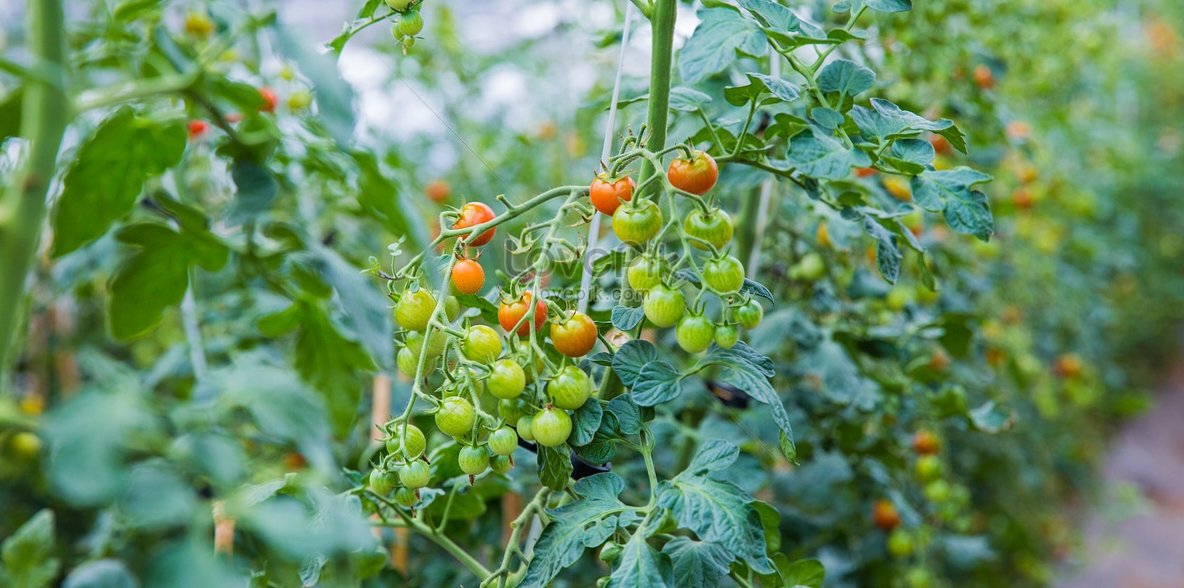I’ve planted crops for many years as a gardener, and the existing agricultural market differs greatly from the market of previous decades. There is one change currently in vogue in the agricultural practice today and this is the shift to practices that advocate for minimized use of chemicals and relied on natural remedies to some of the difficulties that crop farmers face. Among the many advancements in this category, the use of microbes will produce benefits in crop management such as Trichoderma harzianum.
Gardeners and farmers seeking efficient, natural pest protection often use products like Trianum Shield, a bio-control derived from Trichoderma harzianum. It’s now time to get down to why this product along with appropriate cultural practices will define the future farming of tomatoes.
A Gardener’s Perspective: Biological sciences: why we need biological solutions
Tomatoes are maybe one of the most rewarding and at the same time the most difficult crops anyone who grew them would attest to it. Tomatoes are susceptible to various fungal diseases such as Fusarium wilt, Botrytis and root rot and of course outcompeting for poor soil and minerals. In the past, we eliminated these problems by using chemical fungicides and fertilizers. Though they are effective in the short run, chemicals harm soil quality, decrease bio-diversity, and get left behind as residues toxic to both friendly insects and humans.
That is where biological alternatives such as Trichoderma harzianum can be categorized into play hence meeting its intended uses. Trichoderma harzianum is a soil fungus that occurs naturally in the plant root system and plays the role of outcompeting with the pathogenic fungi and at the same time making the plant develop an ability to defend itself against the-pathogenic fungi. It has the nature coat which protects these roots and assists plants such as tomato plants to produce even under undue pressures.
What is Trianum Shield?
Trianum Shield is a commercial product which uses the power of Trichoderma harzianum fungicide to protect crops as well as to enhance their growth. This product is a blend of a special strain of T. harzianum, specifically cultivated for its ability to promote plant health under stressful conditions. It is applied either as a soil treatment or through seed coating, allowing the fungi to establish itself on the rootstock of the tomato plant.
Once formed it guards the roots against various pathogens through competition for space and nutrients, secretion of enzymes that decomposes the fungi that is hostile to the plant and activating the body defense systems of the plant. This bio-based approach eliminates the need for chemical fungicides making the system suitable for people like you and I who like to have a green garden.
Expert Insight: The Science Behind the Magic
Using my recently developed snowballing technique, I talked to a microbial agriculturist working in a university’s lab focusing on microbial farming methods. They noted that Trichoderma harzianum does a lot more than merely protect from pathogens. It has been proven to strengthen root development, enhance nutrient absorption, and increase plant resistance to adverse factors. In tomatoes, this leads to increased plant vigor, improved fruiting, and better yields—all without relying on synthetic inputs.
“The specialist explained that microbial bio-products like Trichoderma harzianum will play a key role in future agricultural practices.‘They indeed promote plant health comprehensively in harmony with the concept of agroecology and sustainable farming. With these tools we can guard our produce and food from pests, fungi and diseases without compromising another source of our basic necessities in life – Natural resources.
The Synthesis of Cultural Techniques with Biological Implements
It follows that the use of products such as Trianum Shield is only half of the whole picture. This paper shows that effective cultural practices assist individuals in attaining the right and competitive yields of tomatoes. This includes crop rotation, proper use of manure and other soil coverings, interstellar vegetation and weed control among others avail methods that prevent the prevalence of diseases.
As an avid gardener, I recommend combining Trichoderma harzianum treatments with the following practices:
- Crop Rotation: Avoid growing tomatoes in the same area every season. One way of avoiding build up of soil borne diseases is through crop rotation.
- Mulching: Organic mulches contribute to the physical properties of the soil, water conservation, and encourages microbial growth.. This makes the microenvironment of Trichoderma perfect.
- Compost and Organic Matter: It is quite beneficial to add compost to your soil to help the bioticmore organic populace to thrive when using Trianum Shield.
- Proper Irrigation: Even with such useful fungi present in the soil, over watering can cause root rot. To actively phrase the sentence, you could say:
- “Using drip irrigation or watering at the base of the plant helps prevent the spread of diseases.”
New technologies and its implication for the sustainable future for the tomato growers
That is why as we are moving towards more efficient and sustainable production systems in agriculture products like Trianum Shield will represent an important asset for the growers. And if nature can defend itself in ways that allow us to grow better tomatoes with less chemical cofactors, we can improve our gardens and the worlds we are a part of. To know more about fusarium wilt tomato control, visit Novobac.
In other words, the only way to go for anyone interested in sustainable gardening is embracing cultural management practices alongside microbial options such as Trichoderma harzianum. Instead, it is a perfect union between science and nature which will usher in a new realm of growth for our tomatoes that is less intrusive on the environment.
